CAEN Powering Hyper-Kamiokande’s Neutrino Detector
The Hyper-Kamiokande (Hyper-K) experiment in Japan is an advanced neutrino observatory designed to explore fundamental physics questions, including neutrino oscillations, proton decay, and astrophysical neutrino sources.
Located deep underground to reduce interference from cosmic rays, Hyper-Kamiokande consists of a massive tank filled with ultrapure water. When neutrinos interact with the water molecules, they produce Cherenkov radiation, which is detected by an array of over 400 large photomultiplier tubes (PMTs) for precise measurement of neutrino events.
To meet the specific demands of this experimental setup, CAEN is providing a reliable underwater power supply system composed of 911 Low Voltage and High Voltage boards. The Low Voltage section is based on the A7027HK module, which supplies stable and redundant power to the High Voltage boards and digitizers. It acts as a power interface between the remote source and the detector electronics, ensuring proper filtering, decoupling, and control.
The High Voltage system, the A7026HK module (24 channels, 2.6 kV / 500 μA each), is designed specifically to power the photomultiplier tubes (PMTs) that capture Cherenkov light, ensuring a consistent and reliable signal for data acquisition.
 Technical rendering of Hyper-Kamiokande, a next-generation underground neutrino detector using water Cherenkov technology. Image credit: © Kamioka Observatory, ICRR, The Univ. of Tokyo
Technical rendering of Hyper-Kamiokande, a next-generation underground neutrino detector using water Cherenkov technology. Image credit: © Kamioka Observatory, ICRR, The Univ. of TokyoEach component is engineered for high reliability with redundancy across both the high and low voltage systems. This redundancy ensures that even if a single component fails, the system remains operational, which is essential given the tank’s human-inaccessible environment. CAEN’s robust design also allows for extended maintenance intervals, a critical requirement for the remote and submerged setup of the Hyper-K detector, enhancing the stability and operational longevity of this groundbreaking experiment.
- Mockup with 50 cm R12860 PMTs for Hyper-Kamiokande Inner Detector – Author Jan Kisiel (Silesia U.) CC BY 4.0
- CAEN A7027HK – 3 Channel Low Voltage Redundant Power Supply (+12V; 2A)
- Automatic testing station for A7026HK High Voltage Board


